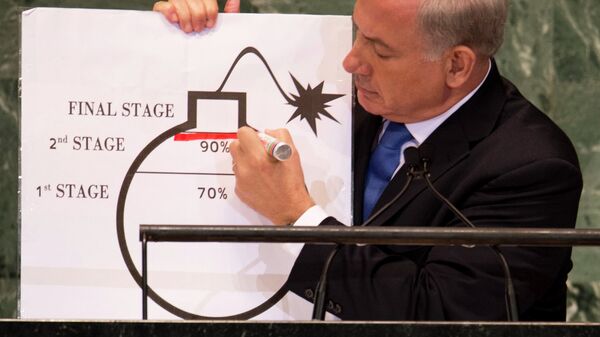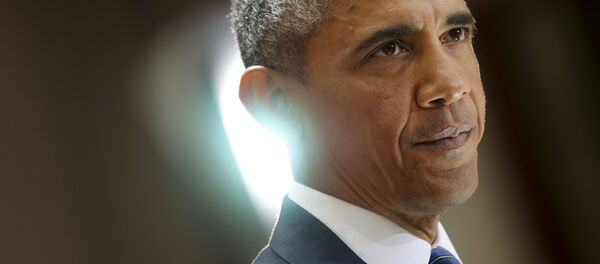Israel immediately fired back saying that the deal was akin to Europe’s 1938 capitulation to the Nazis at Munich and argued that the deal had "no value" because the "facts on the ground are opposite to the ones the agreement is based on."
The Joint Comprehensive Plan of Action (JCPA) signed by Iran in Vienna along with US, China, France, Russia, Britain and Germany carries with it a number of loopholes that, along with the Obama administration’s overly simplistic calculation of Tehran’s nuclear capability timeline and allegations that Iran has incrementally exceeded the quotas mandated by the agreement, increase the possibility that the regime of Ayatollah Ali Khamanei may slow-walk towards a nuclear bomb before the US realizes it.
The President of the Atomic Energy Organization of Iran, Ali Akbar Salehi, recently pointed to the primary loophole in the Iran nuclear deal notably that if any party violates the agreement, Tehran can once again begin enriching uranium at Natanz within 45 days at an even higher capacity that prior to the signing of the agreement — the deputy to the influential Iranian politician suggested twenty-fold.
Israeli intelligence website Debkafile claims that Iran concealed from the International Atomic Energy Agency "entire clusters of second-generation IR-2m centrifuges" that can dramatically shorten the timeline for developing weapons grade uranium although the evidence to this point remains scant.
However, it is known that Tehran stored 15,420 dismantled centrifuges from the Natanz facility enabling Iran to restart its nascent nuclear program without a major reconstruction with the top Iranian atomic energy official claiming that they could restart enrichment within 45 days.
Finally, the US calculation of the timeline for Iran to develop a nuclear weapons was predicated solely on the quantity of low-grade enriched uranium (LEU) left with Iran for further refinement to weapons-grade level without an appropriate accounting of the regime’s centrifuge storage or the possibility that Tehran would increase uranium enrichment capacity beyond the level prior to the agreement.
The remaining Iranian capabilities open the possibility, albeit not the likelihood, that Iran’s nuclear breakthrough potential could see Tehran in the possession of a nuclear bomb before the end of 2017.





